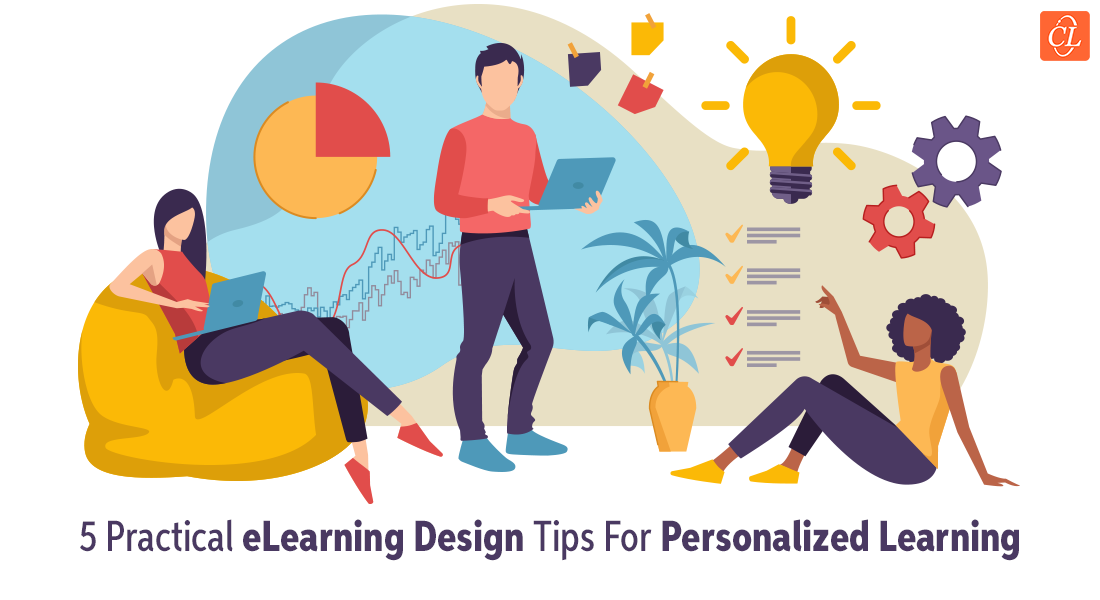Streamlined Development of Microlearning: Tips, Tricks, and Tools
Check this blog to know how you can follow a streamlined process to enhance your microlearning development.

Do we need to follow a process to design microlearning? Is it really necessary to plan for such a short learning activity? Microlearning, as we know, has the potential to make a huge impact on learners, provided it is designed and implemented well. This can happen only if the production process is streamlined. Let us learn how this can be done.
The process starts with zeroing in on an instructional strategy for the course and then following a defined path for production. Important factors that help decide on the instructional strategy are:
Target Audience: Their capabilities, existing knowledge, and accessibility to devices that will facilitate microlearning.
Conditions: Tools and resources available to the learners and the environment in which they are supposed to perform.
Criteria: Standards to assess learners’ performance and assessment standards to measure their proficiency.
Type of Content: Whether it is facts, concepts, principles, procedures, or processes.
Instructional Activities: Deciding on activities that will be most effective to help learners apply the knowledge or master the skills. The instructional activities or interactivities should be based on the learning objective, because in microlearning form always follows function.
Learning Analytics: Metrics intended to measure and monitor the impact of the strategy and the results it should achieve.
Following this, you can meet with the stakeholders, show them samples of microlearning forms, and discuss different possibilities so that you can decide on the right microlearning strategy that is instructionally sound and engaging. A microlearning design plan template will help you create an instructional strategy and speed up the entire design process.
Production Process
Pre-production basically involves arriving at a microlearning strategy after consulting the stakeholders and getting their buy-in. At the end of this stage, the blueprint for the microlearning strategy is ready.
The next stage is production using a software development tool. Remember that your microlearning module will need to have a single learning objective and appeal to different learning styles to be learner centric. So include audio, video, and text as well.
The next stage is the post-production stage where quality analysis is done to ensure there are no errors in the content and functionality of the module. At this stage, the functioning of the module has to be checked based on its placement either on the server or an LMS.
Tips and Tricks for a Smooth Process
To ensure a smooth production process, here are some tips that can help:
- Maintain a checklist for important steps in every stage of the production process to avoid missing out on any.
- Use simple software development tools if they can get the job done. Move up in complexity only if the situation demands it, such as creating branching scenarios.
- Conduct a pilot test or soft launch on a sample audience to help you gauge whether it meets the learning objectives and appeals to learners.
- Involve stakeholders during pre-production and the audience for the pilot test for inputs.
Rapid Development
When it comes to rapid development of microlearning modules, some of these steps in the production process need to be collapsed or accelerated to meet the demands of the client who may want the microlearning module delivered in a short span of time.
But this does not mean that you ignore a defined process even for rapid development, you still have to follow a process but can speed it up by combining steps in the process or skipping some steps, provided they do not affect the final output.
When developing a microlearning module, it is critical to have a streamlined production process much like what you would follow when developing a regular e-learning course. This is important even for a short microlearning activity to ensure quality. Do you agree? Share your comments with us.





